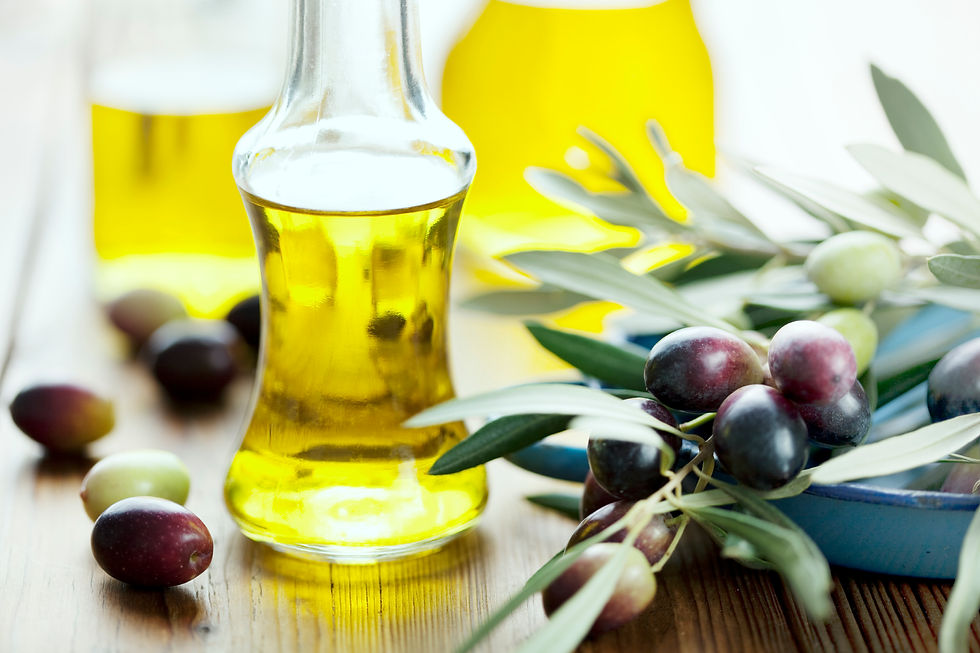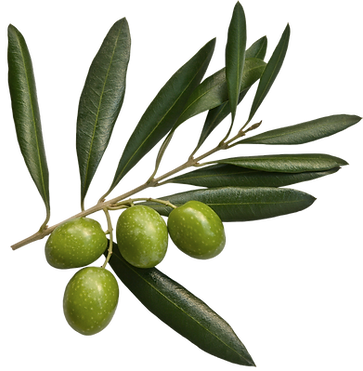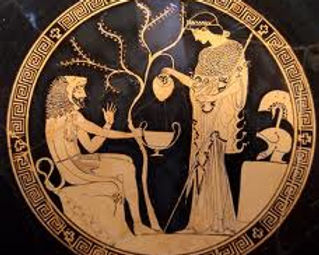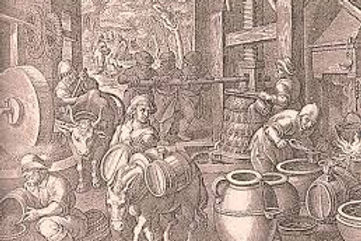
Fratelli Mezzapelle


"Fratelli Mezzapelle Unitis pro vita"
Extravergin olive oil



Describe your image here


Extra virgin olive oils from Sicily to the world
Extra virgin olive oil is made simply by crushing olives and extracting the juice. It is the only cooking oil that is made without the use of chemicals and industrial refining.
Extra virgin olive oil must have no taste “defects.” It needs to have a nice flavor of fresh olives and achieve higher scores in lab tests for its chemical composition than other grades.
Since extra virgin olive oil is simply fruit juice without any additives, its quality and taste are influenced by the varieties of olives, the terroir where they were grown, and the countless decisions and production practices of a dedicated producer.
.
Workshops & classes featuring extra virgin olive oils
Olive oil is a fat obtained from the olive (the fruit of Olea europaea; family Oleaceae), a traditional tree crop of the Mediterranean Basin. The oil is produced by pressing whole olives and is commonly used in cooking, cosmetics, pharmaceuticals, and soaps, and as a fuel for traditional oil lamps. Olive oil is used throughout the world and is often associated with Mediterranean countries.
The olive tree is native to the Mediterranean basin; wild olives were collected by Neolithic peoples as early as the 8th millennium BC. The wild olive tree originated in Asia Minor[4] or in ancient Greece. It is not clear when and where olive trees were first domesticated: in Asia Minor, along the Levantine coast stretching from the Sinai Peninsula and Israel to historic Armenia, or somewhere in the Mesopotamian Fertile Crescent.
Ancient Greek olive oil production workshop inKlazomenai, Ionia (modernTurkey)
Archeological evidence shows that olives were turned into olive oil by 6000 BC and 4500 BC in present-day Israel. Until 1500 BC, eastern coastal areas of the Mediterranean were most heavily cultivated. Evidence also suggests that olives were being grown in Crete as long ago as 2,500 BC. The earliest surviving olive oil amphorae date to 3500 BC (Early Minoan times), though the production of olive oil is assumed to have started before 4000 BC. Olive trees were certainly cultivated by the Late Minoan period (1500 BC) in Crete, and perhaps as early as the Early Minoan. The cultivation of olive trees in Crete became particularly intense in the post-palatial period and played an important role in the island's economy, as it did across the Mediterranean.
Recent genetic studies suggest that species used by modern cultivators descend from multiple wild populations, but a detailed history of domestication is not yet forthcoming.
Ancient oil press (Bodrum Museum of Underwater Archaeology, Bodrum, Turkey)
Olive trees and oil production in the Eastern Mediterranean can be traced to archives of the ancient city-state Ebla (2600–2240 BC), which were located on the outskirts of the Syrian city Aleppo. Here some dozen documents dated 2400 BC describe lands of the king and the queen. These belonged to a library of clay tablets perfectly preserved by having been baked in the fire that destroyed the palace. A later source is the frequent mentions of oil in the Tanakh.
Dynastic Egyptians before 2000 BC imported olive oil from Crete, Syria and Canaan and oil was an important item of commerce and wealth. Remains of olive oil have been found in jugs over 4,000 years old in a tomb on the island of Naxos in the Aegean Sea. Sinuhe, the Egyptian exile who lived in northern Canaan about 1960 BC, wrote of abundant olive trees.
Besides food, olive oil has been used for religious rituals, medicines, as a fuel in oil lamps, soap-making, and skin care application. The Minoans used olive oil in religious ceremonies. The oil became a principal product of the Minoan civilization, where it is thought to have represented wealth. The Minoans put the pulp into settling tanks and, when the oil had risen to the top, drained the water from the bottom.[citation needed] Olive tree growing reached Iberia and Etruscan cities well before the 8th century BC through trade with the Phoenicians and Carthage, then was spread into Southern Gaul by the Celtic tribes during the 7th century BC.
The first recorded oil extraction is known from the Hebrew Bible and took place during the Exodus from Egypt, during the 13th century BC. During this time, the oil was derived through hand-squeezing the berries and stored in special containers under guard of the priests. A commercial mill for non-sacramental use of oil was in use in the tribal Confederation and later in 1000 BC, the fertile crescent, an area consisting of present day Palestine, Lebanon, and Israel. Over 100 olive presses have been found in Tel Miqne (Ekron), where the Biblical Philistines also produced oil. These presses are estimated to have had output of between 1,000 and 3,000 tons of olive oil per season.
Many ancient presses still exist in the Eastern Mediterranean region, and some dating to the Roman period are still in use today.
Olive crusher (trapetum) in Pompeii (79 AD)
Olive oil was common in ancient Greek and Roman cuisine. According to Herodotus, Apollodorus, Plutarch, Pausanias, Ovid and other sources, the city of Athens obtained its name because Athenians considered olive oil essential, preferring the offering of the goddessAthena (an olive tree) over the offering of Poseidon (a spring of salt water gushing out of a cliff). The Spartans and other Greeks used oil to rub themselves while exercising in the gymnasia. From its beginnings early in the 7th century BC, the cosmetic use of olive oil quickly spread to all of Hellenic city states, together with athletes training in the nude, and lasted close to a thousand years despite its great expense. Olive trees were planted in the entire Mediterranean basin during evolution of the Roman republic and empire. According to the historian Pliny, Italy had "excellent olive oil at reasonable prices" by the 1st century AD, "the best in the Mediterranean", he maintained.
The Manufacture of Oil, 16th century engraving by Jost Amman
The importance and antiquity of olive oil can be seen in the fact that the English word oil derives from c. 1175, olive oil, from Anglo-Fr. and O.N.Fr. olie, from O.Fr. oile (12c., Mod.Fr. huile), from L. oleum "oil, olive oil" (cf. It. olio), from Gk. elaion "olive tree", which may have been borrowed through trade networks from the Semitic Phoenician use ofel'yon meaning "superior", probably in recognized comparison to other vegetable or animal fats available at the time. Robin Lane Fox suggest that the Latin borrowing of Greek elaion for oil (Latin oleum) is itself a marker for improved Greek varieties of oil-producing olive, already present in Italy as Latin was forming, brought by Euboean traders, whose presence in Latium is signaled by remains of their characteristic pottery, from the mid-8th century.
Varieties
Main article: List of olive cultivars
There are many different olive varieties or olives, each with a particular flavor, texture, and shelf life that make them more or less suitable for different applications such as direct human consumption on bread or in salads, indirect consumption in domestic cooking or catering, or industrial uses such as animal feed or engineering applications.
Production and consumption
Oil press in the Israeli settlementKatzrin.
Spain produces 43.8% of world production of olive oil. 75% of Spain's production comes from the region of Andalucía, particularly withinJaén province, although other regions also produce excellent oil. Although Italy is a net importer of olive oil, it still accounts for 21.5% of the world's production. Major Italian producers are known as "Città dell'Olio", "oil cities"; including Lucca, Florence and Siena, in Tuscany. However the largest production is harvested in Puglia and Calabria. Greece accounts for 12.1% of world production and Syria for 6.1%, as third and fourth largest producers in the World. Portugal accounts for 5% and its main export market is Brazil. Morocco is the world's sixth largest producer.
Australia now produces a substantial amount of olive oil. Many Australian producers only make premium oils, while a number of corporate growers operate groves of a million trees or more and produce oils for the general market. Australian olive oil is exported to Asia, Europe and the United States.
In North America, Italian and Spanish olive oils are the best-known, and top-quality extra-virgin oils from Italy, Spain, Portugal and Greece are sold at high prices, often in prestige packaging. A large part of U.S. olive oil imports come from Italy, Spain, and Turkey. The U.S. imported 47,800,000 US gallons (181,000 m3) of olive oil in 1998, of which 34,600,000 US gallons (131,000 m3) came from Italy.
Turkey, New Zealand, Morocco, Tunisia, Syria, Portugal, Israel, Jordan, the Republic of South Africa, Argentina and Chile[29] also produce extra virgin olive oil.
The United States produces olive oil in California, Arizona, and Texas.
Learn more about the health benefits of olive oil
The health benefits of olive oil are unrivaled, and research reveals more benefits nearly every day. In fact, we are only just beginning to understand the countless ways olive oil can improve our health, and our lives. Olive oil is the cornerstone of theMediterranean diet — an essential nutritional mainstay for the world’s longest-living cultures. Many of the health-promoting effects of the Mediterranean diet have been attributed to olive oil consumption.
Replacing butter and other less healthy fats with olive oil has been shown to aid in the prevention of a myriad of diseases and counter effects of aging. One prominent cardiologist recommends at least two tablespoons of extra virgin olive oil each day to enjoy the many ways olive oil can be beneficial to your health and well being.
Olive oil benefits are so extensive that it is considered a functional food with components that contribute to its overall therapeutic qualities including a reduction of risk factors of coronary heart disease, the prevention of cancers, and alterations of immune and inflammatory responses.












